Author: Marshall Schott
Belgium is known for many good things– chocolate, waffles, fries, and perhaps most importantly, beer. It’s been posited that as far back as the 15th century, perhaps even earlier, Trappist monks at Belgian monasteries began producing beer as way to avoid illness brought on by the consumption of unclean water, then later as a means of sustenance during periods of fasting. It didn’t take long for regular citizens to develop an appreciation for these beers and their popularity to skyrocket.
Like most types of Belgian ale, Trappist beers are fermented with yeasts that impart noticeable levels of spicy phenols and fruity esters, a feature that makes them standout from beers of other regions. While monastic breweries produced various types of beer, the styles that came to be most well known were the higher strength Dubbel, Tripel, and Quad. It wasn’t until fairly recently, sometime in the 1990’s, that Belgian Single was introduced to meet the preferences of modern beer drinkers. The BJCP provides the following description of this relatively novel style:
A pale, bitter, highly attenuated and well carbonated Trappist ale, showing a fruity-spicy Trappist yeast character, a spicy-floral hop profile, and a soft, supportive grainy-sweet malt palate.
I’m not really a huge fan of Belgian fermenation character, though I’ve found it can be quite refreshing in a simple and more sessionable ale during the warmer months. While my experience with traditional examples of Belgian Single are limited, the BJCP’s comment that it’s like a “Belgian interpretation of a German Pils” was enough to motivate me to try brewing one up for myself using Short & Shoddy methods.
| BREWING THE BEER |
Having found a 3 month old pouch of Belgian yeast buried under other stuff in my fridge, I designed a recipe I thought would pair well with the hot Fresno summer using other ingredients I had on hand.
Short & Shoddy Belgian Single
Recipe Details
| Batch Size | Boil Time | IBU | SRM | Est. OG | Est. FG | ABV |
|---|---|---|---|---|---|---|
| 5.2 gal | 20 min | 33.8 IBUs | 3.8 SRM | 1.054 | 1.013 | 5.4 % |
| Actuals | 1.054 | 1.009 | 5.9 % | |||
Fermentables
| Name | Amount | % |
|---|---|---|
| Pelton Pilsner-style Malt (Mecca Grade) | 12 lbs | 100 |
Hops
| Name | Amount | Time | Use | Form | Alpha % |
|---|---|---|---|---|---|
| Magnum | 23 g | 20 min | First Wort | Pellet | 12.9 |
| Saphir | 30 g | 20 min | Boil | Pellet | 3.2 |
| Saphir | 30 g | 5 min | Boil | Pellet | 3.2 |
Yeast
| Name | Lab | Attenuation | Temperature |
|---|---|---|---|
| Monastic (B63) | Imperial Yeast | 76% | 68°F - 78°F |
Notes
| Water Profile: filtered Fresno tap with a sprinkle of gypsum |
Download
| Download this recipe's BeerXML file |
Starting at 12:58 PM one quarantined Tuesday afternoon, I began collecting the full volume of filtered water.
As the kettle was filling up, I sprinkled in an unmeasured amount of gypsum that I hoped with contribute to the perceived dryness of the beer.
I then moved on to weighing out and milling the grain.
When the water was adequately heated, I stirred in the grist before checking to make sure it was at my target mash temperature.
The mash was left to rest for just 30 minutes, during which it was intermittently stirred.
While waiting on the mash, I measured out the kettle hop additions.
Once the mash rest was complete, I removed the grains and brought the wort to a boil, adding hops at the times stated in the recipe.
Following the abbreviated 25 minute boil, I quickly chilled the wort with my IC.
A refractometer reading showed the wort was at 13.3 ˚Bx, or 1.054 OG, for a brewhouse efficiency of 65%.
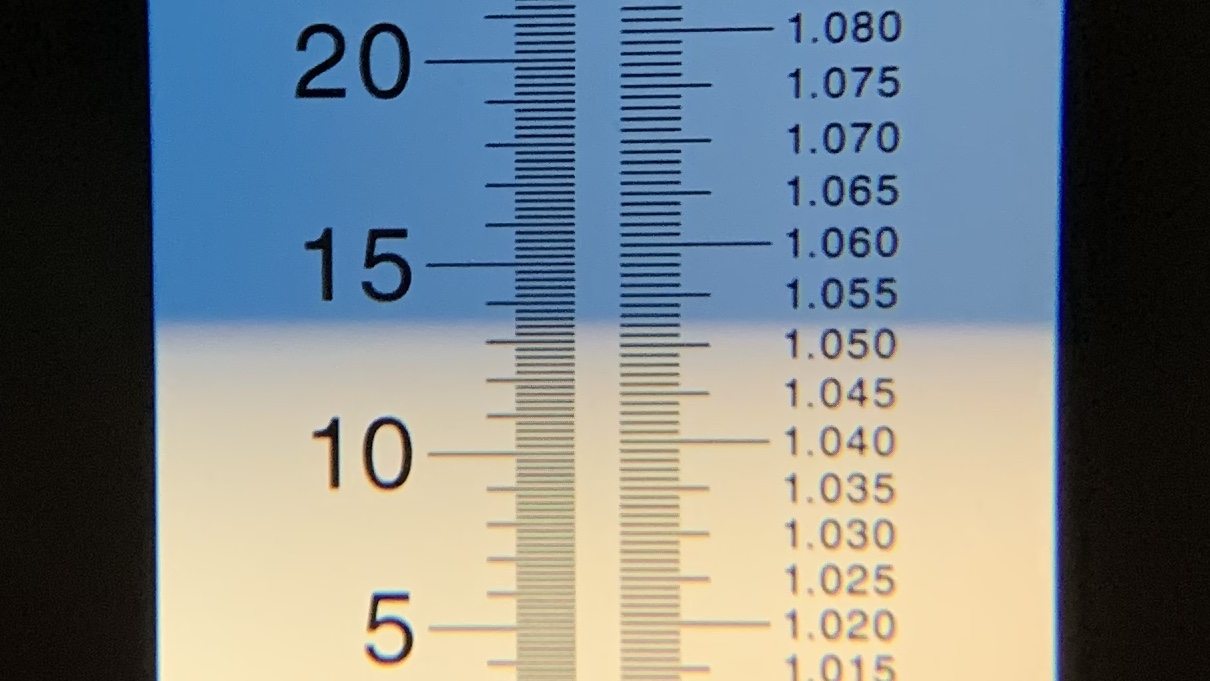
I then racked the chilled wort to my fermentation vessel.
With the wort sitting at a balmy 75˚F/24˚C, I direct pitched a 3 month-old pouch of Imperial Yeast B63 Monastic.
The fermenter was placed in my chamber where it was hooked to a CO2 capture device and left to ferment at 68°F/20°C. The time was 2:46 PM for a total brew day time of 1 hour 48 minutes.
I observed signs of activity later that evening. After just 5 days, it appeared fermentation was complete, which I confirmed with a hydrometer measurement.
At this point, I swapped out the fully purged keg for a CO2 canister set to 1 psi then cold crashed the beer to 33˚F/1˚C. I added gelatin fining the following day then returned the next day to rack the beer to the naturally purged keg.
The beer was placed in my keezer and burst carbonated overnight before I reduced the gas to serving pressure. Then, I completely forgot about it for 5 weeks… no joke, I failed to mark the lid of my keezer and drank nothing but Miller Lite until I noticed this recipe in BeerSmith. By the time I’d re-discovered this beer, it was nicely carbonated and ready for evaluation.
| RESULTS |
Due to social distancing practices as a result of the COVID-19 pandemic, data for this Short & Shoddy beer was unable to be collected in our typical manner. As such, temporary adaptations were made involving the author thoroughly evaluating the beer in as unbiased a fashion as possible.
I completed a series of 3 thorough evaluations that occurred over the course of a weekend. My goal in doing this was to condense my most consistent impressions while accounting for any possible external factors that may have influenced my perception.
APPEARANCE
Pale straw in color with a stark white cap of foam that stuck around the entire drinking time and left nice lacing on the glass. Obvious haze that faded little as the beer warmed, possibly a function of the yeast, though not entirely opaque.
AROMA
The balanced blend of phenolics and esters were in the aromatic spotlight, presenting notes of white pepper, clove, banana, and berry. This was all smeared upon a clean bready malt character that was subtle yet noticeable. Any hop aroma was so well incorporated with the fermentation character as to be indistinguishable.
FLAVOR
Whereas the fermentation character stole the aroma show in this beer, the bready malt came through strongest in the flavor to my palate, which was followed by complimentary spicy and fruity notes. Again, I couldn’t pinpoint any specific flavors from the hops, but given how robust the taste of this beer was, I trust the Saphir played a contributing role.
MOUTHFEEL
A moderate-high level of carbonation in a beer with such a simple grist and relatively high attenuation lent this beer a dryness that made it almost too easy to drink. Despite being so dry, the beer was in no way thin or watery, and I perceived nothing in the way of astringency or slickness.
OVERALL IMPRESSION
As far as Belgian ale goes, I’ve brewed a handful over the years, and this Belgian Single ranks as one of my best. Unlike American caricatures of Belgian beers that often end up tasting like Dubble Bubble soup, the fermentation character in this Belgian Single was restrained while maintaining its feature role. Very tasty!
| CONCLUSION |
The history of Belgian brewing and beer is fascinating, as it was largely inspired by Trappist monks whose initial primary goal was to produce a nutritious substitute to the nasty water available at the time. The fact drinkers over 500 years later continue to enjoy the styles developed in these Belgian monasteries is a testament to both their uniqueness and quality.
A common recommendation for new brewers is to start by making Belgian styles, in large part because the characteristic phenolics and esters produced by classic Belgian yeast strains can cover up other issues. While I personally loathe such advice, I was rather impressed with the outcome of a Belgian Single I brewed using blatantly blasphemous methods. Led by notes of spice and fruit with a noticeable backbone of bready malt, this beer was pleasantly balanced rather than obnoxiously pungent, and I perceived nothing in the way of off-flavors.
I can’t think of a single style of beer I won’t drink if placed in front of me, but I tend to shy away from most Trappist (or Abbey) ale because of how strong the yeast character tends to be. I was surprised that this Belgian Single, despite being pitched so warm, ended up with such a restrained fermentation profile. With Imperial Yeast having recently pulled this strain from their lineup, I’m excited to see how other strains perform and will definitely be brewing more Belgian Single in the future!
If you have thoughts about this Short & Shoddy brew, please feel free to share it in the comments section below!
Support Brülosophy In Style!
All designs are available in various colors and sizes on Amazon!
Follow Brülosophy on:
FACEBOOK | TWITTER | INSTAGRAM
If you enjoy this stuff and feel compelled to support Brulosophy.com, please check out the Support page for details on how you can very easily do so. Thanks!



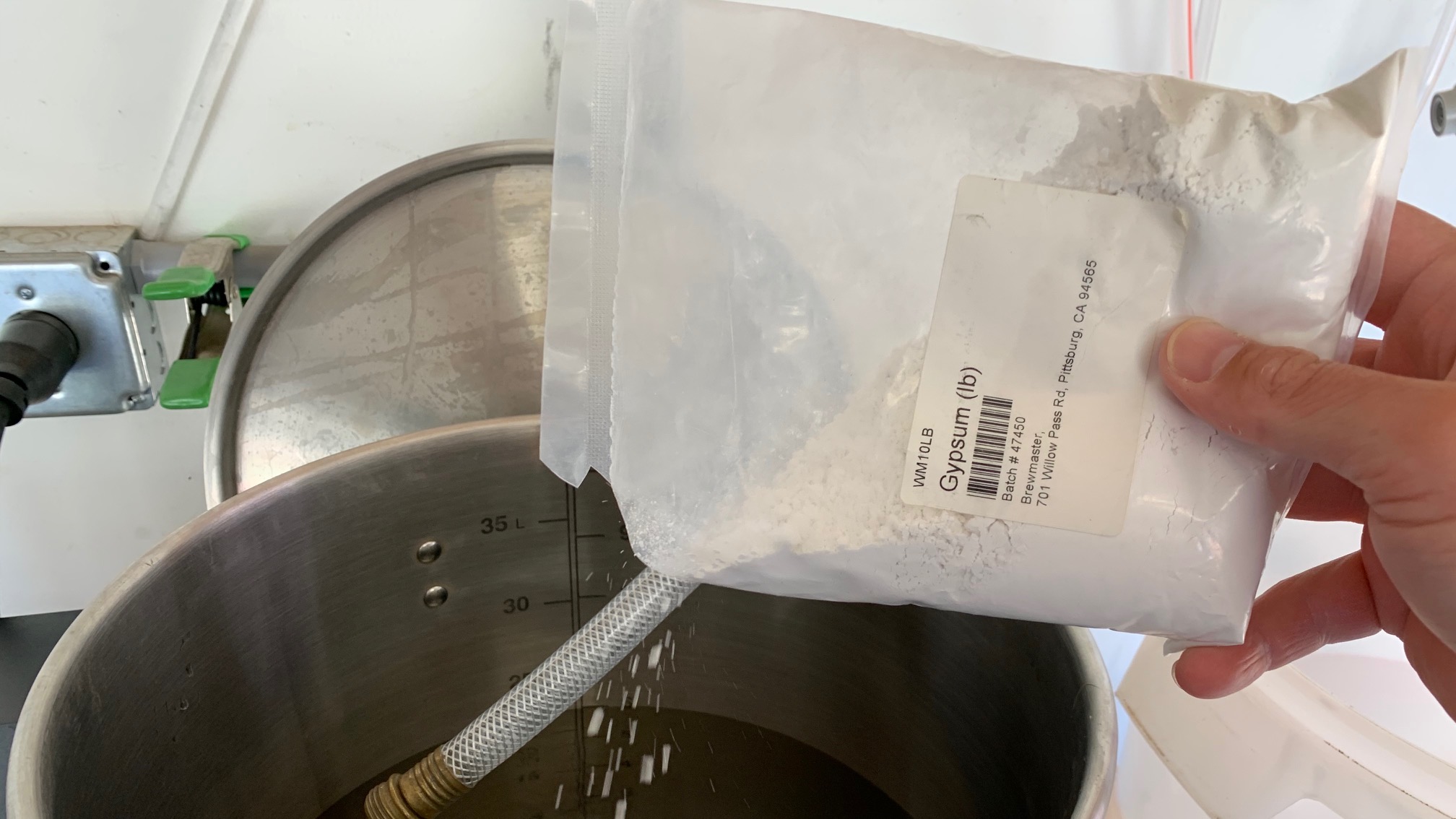
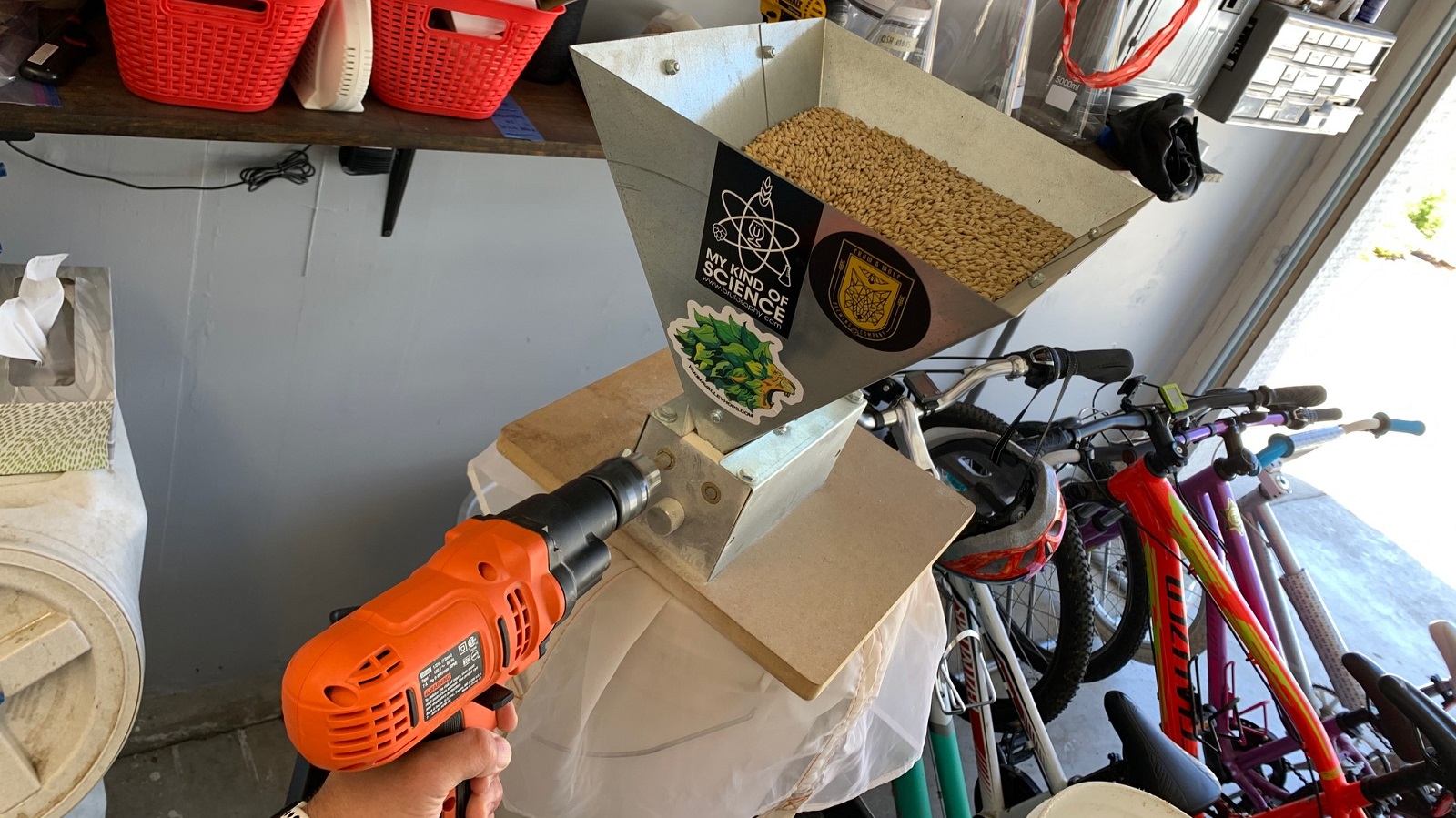
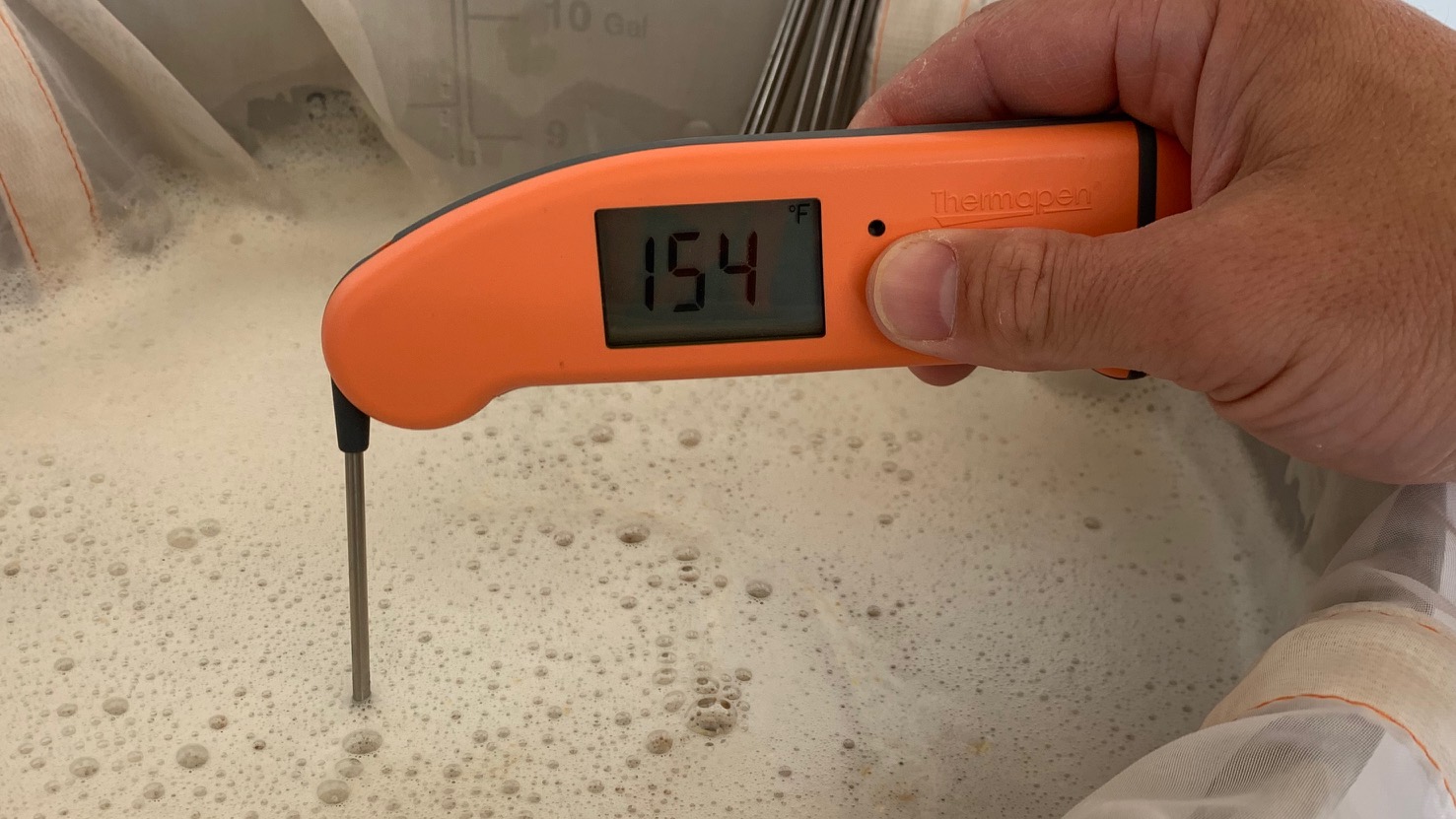
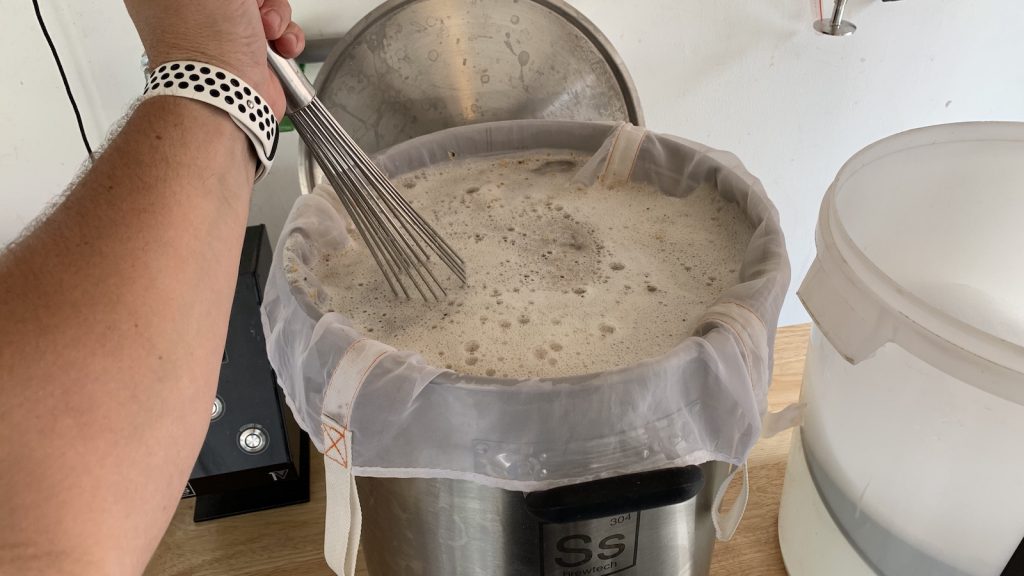
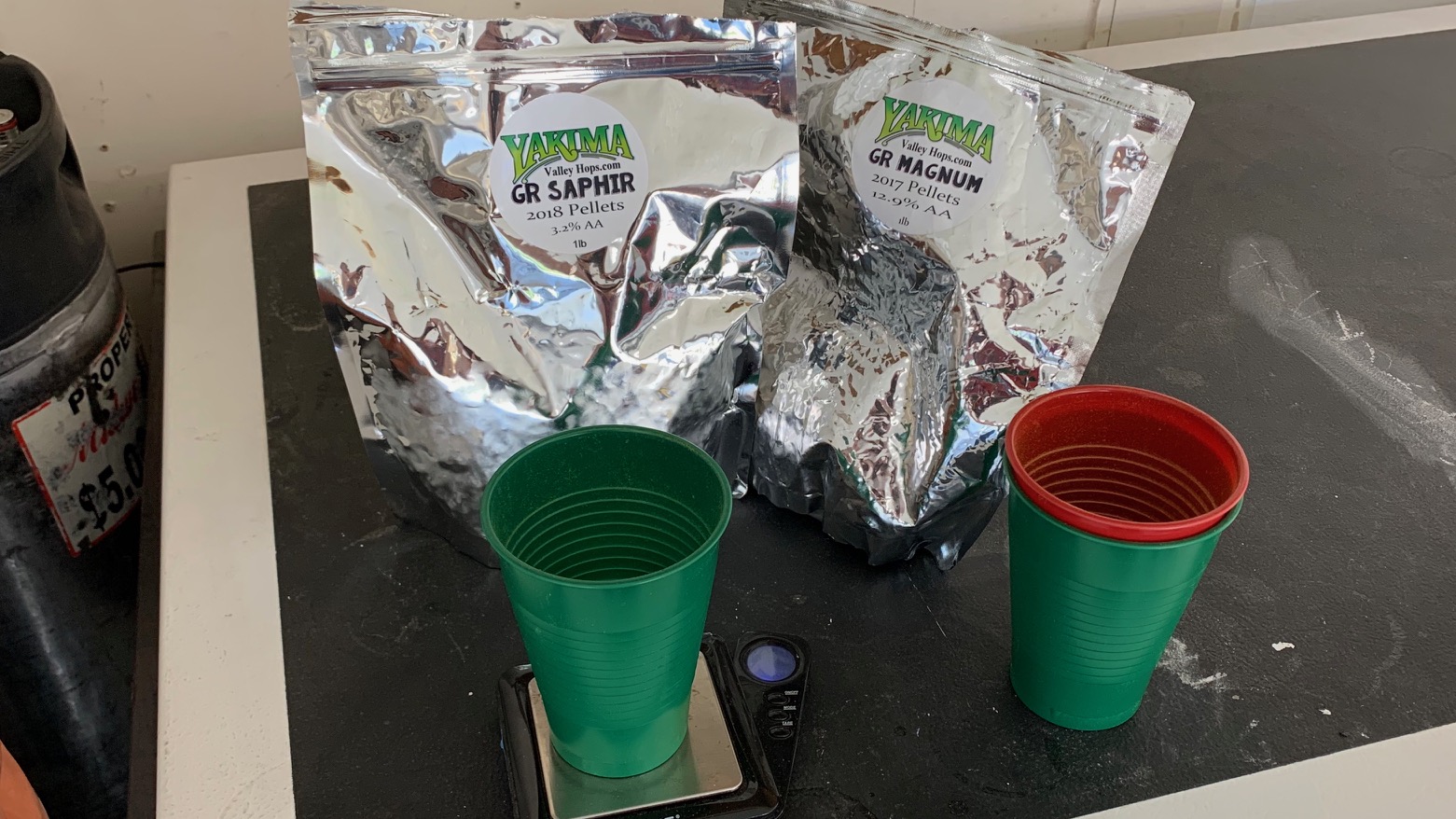
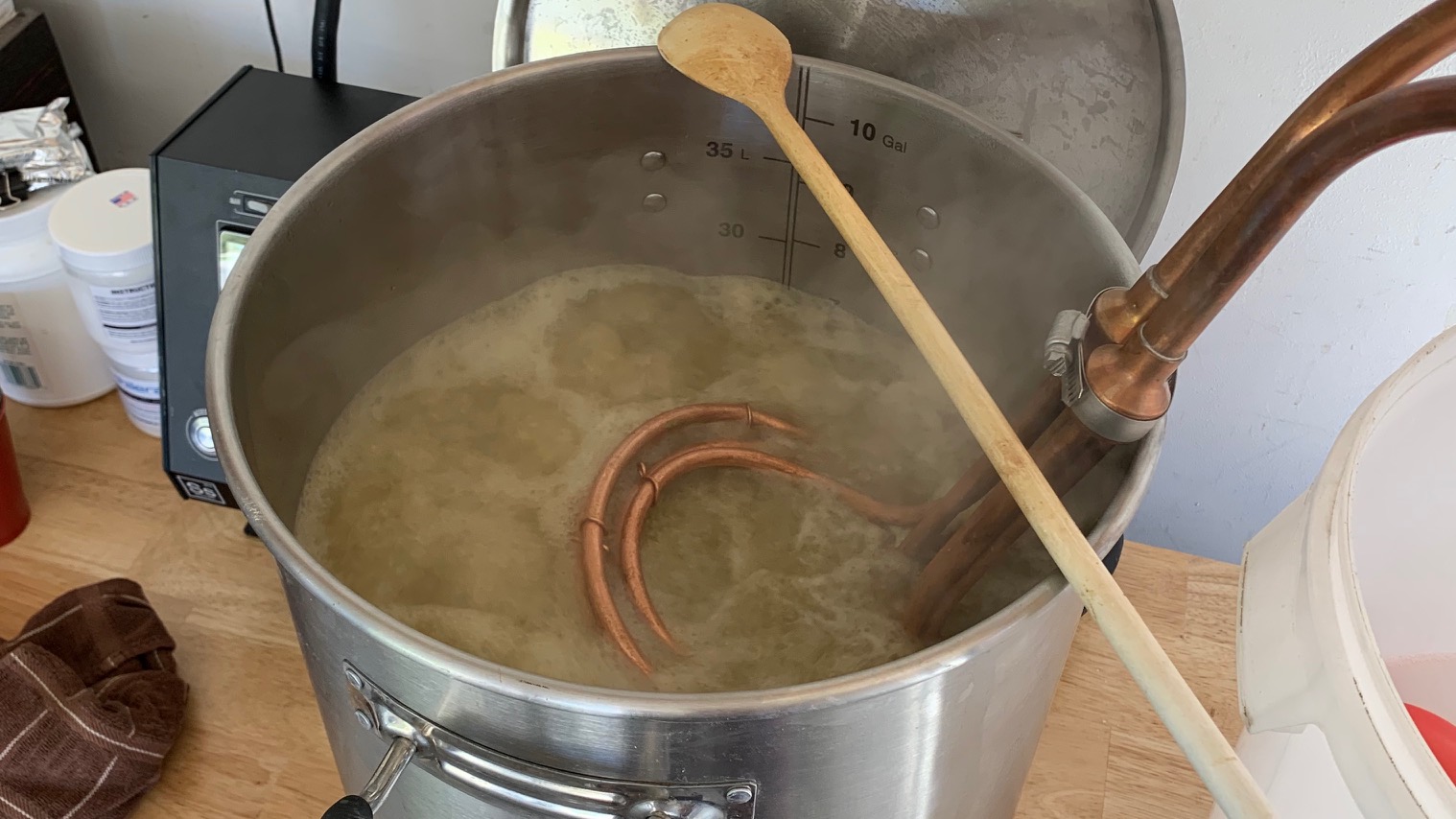
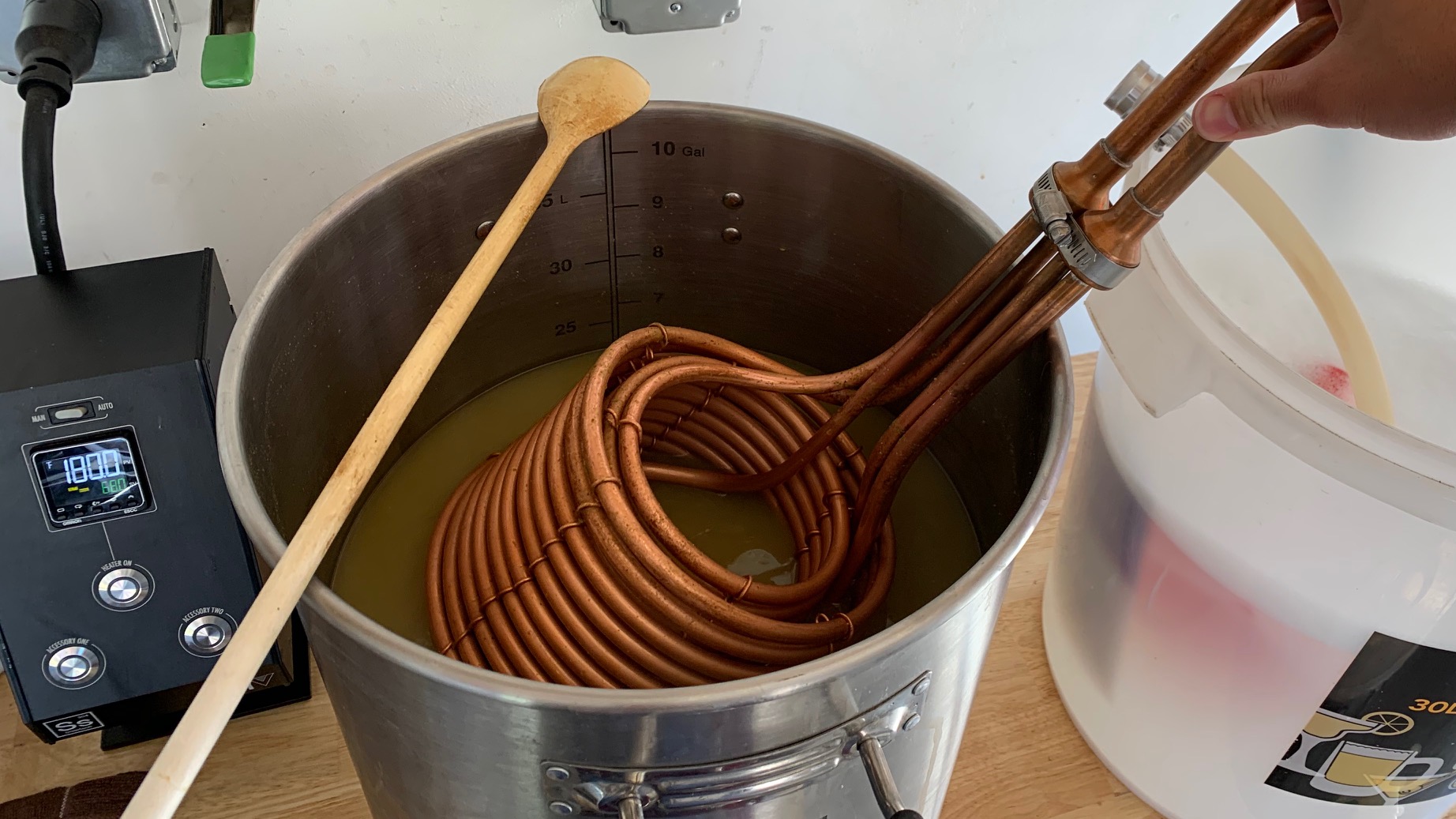
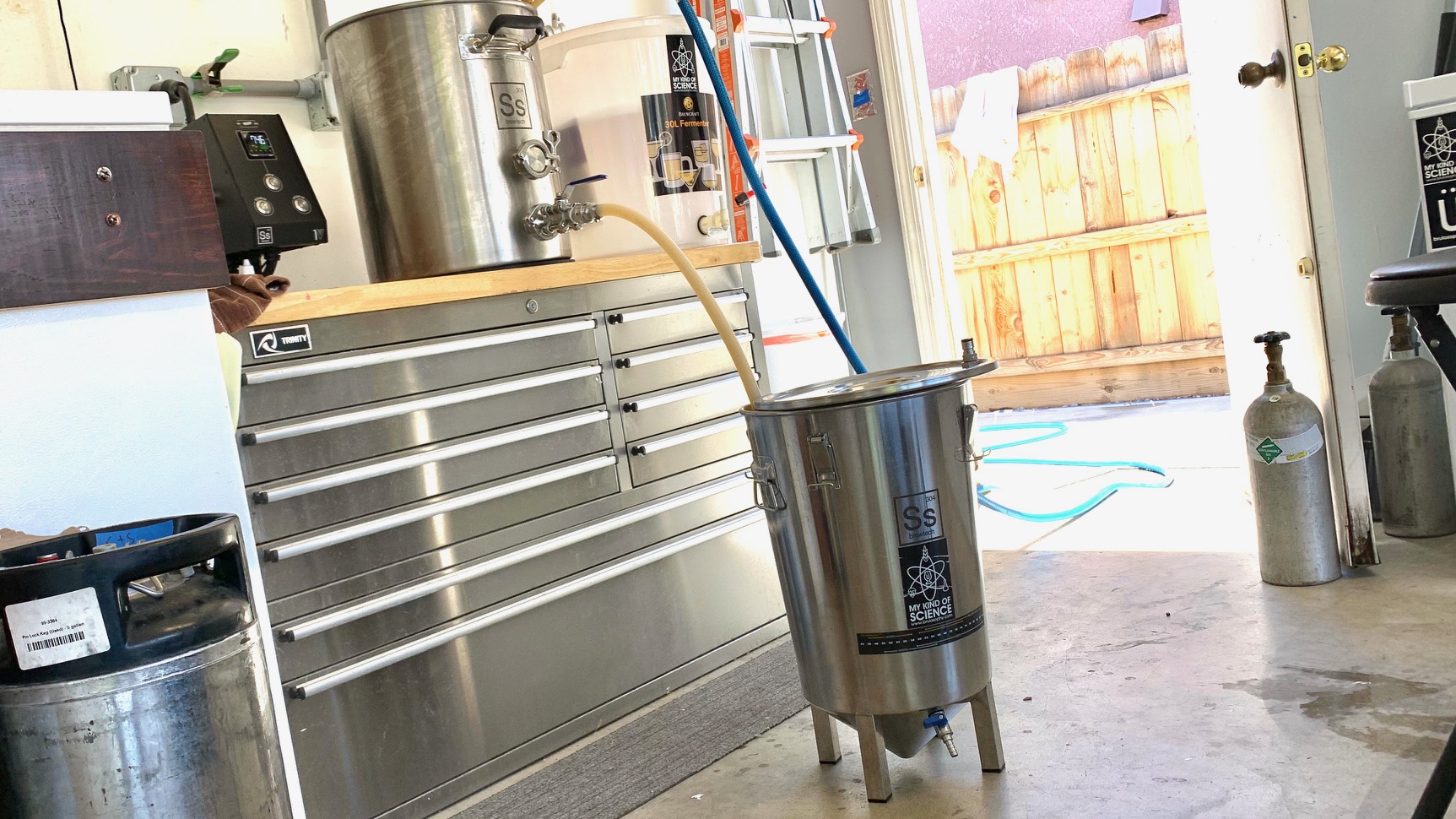
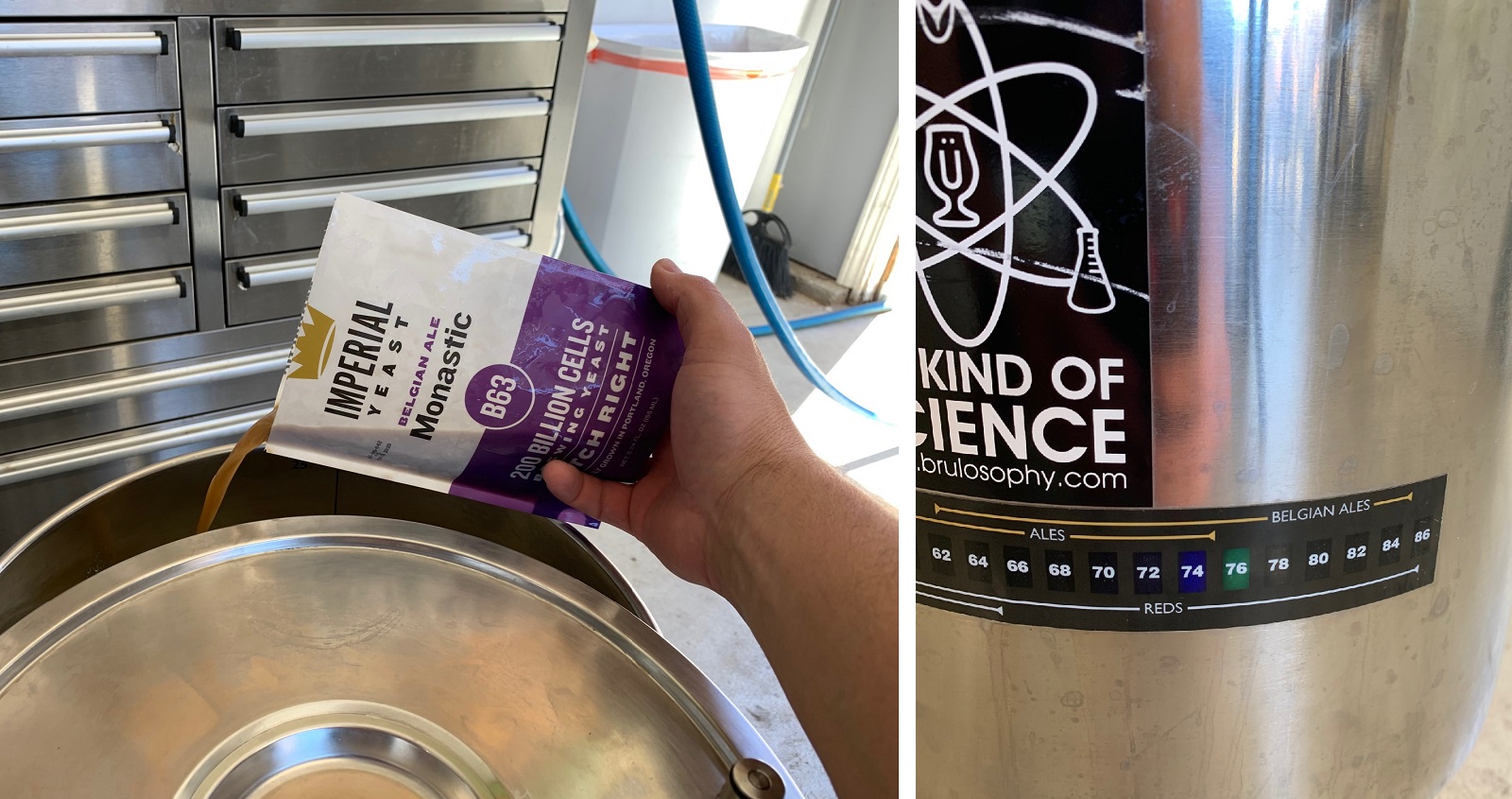
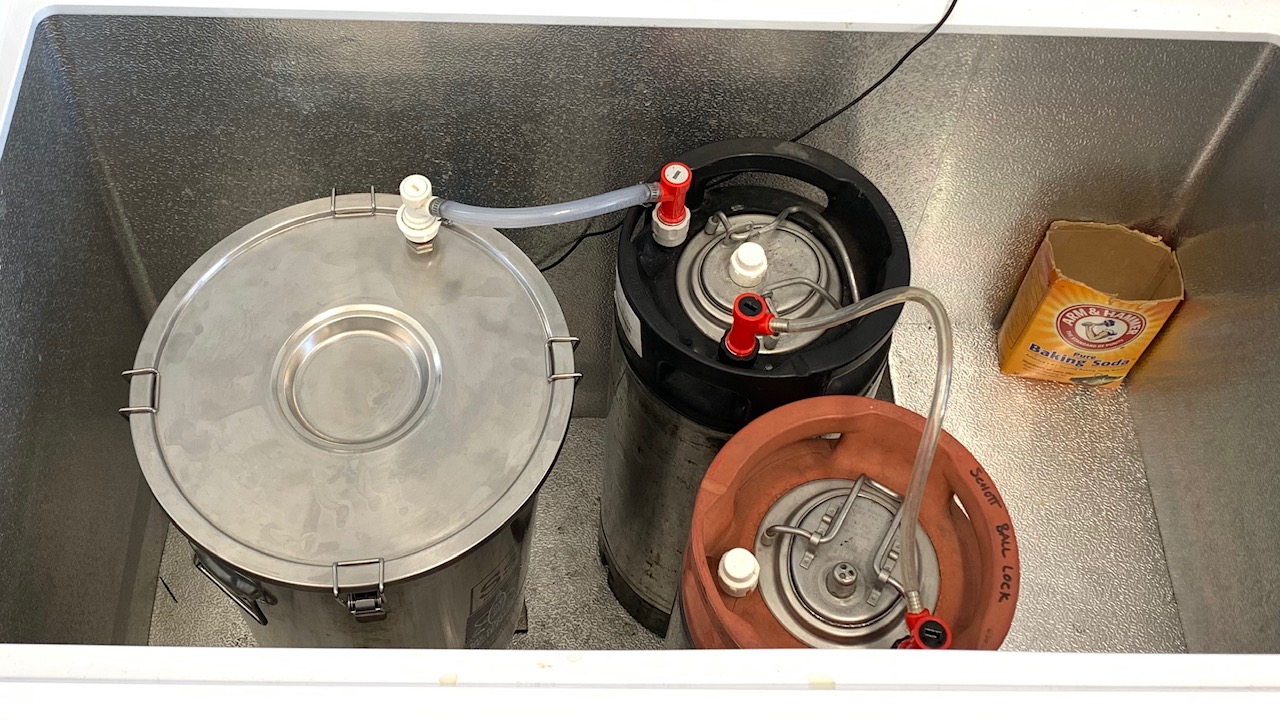
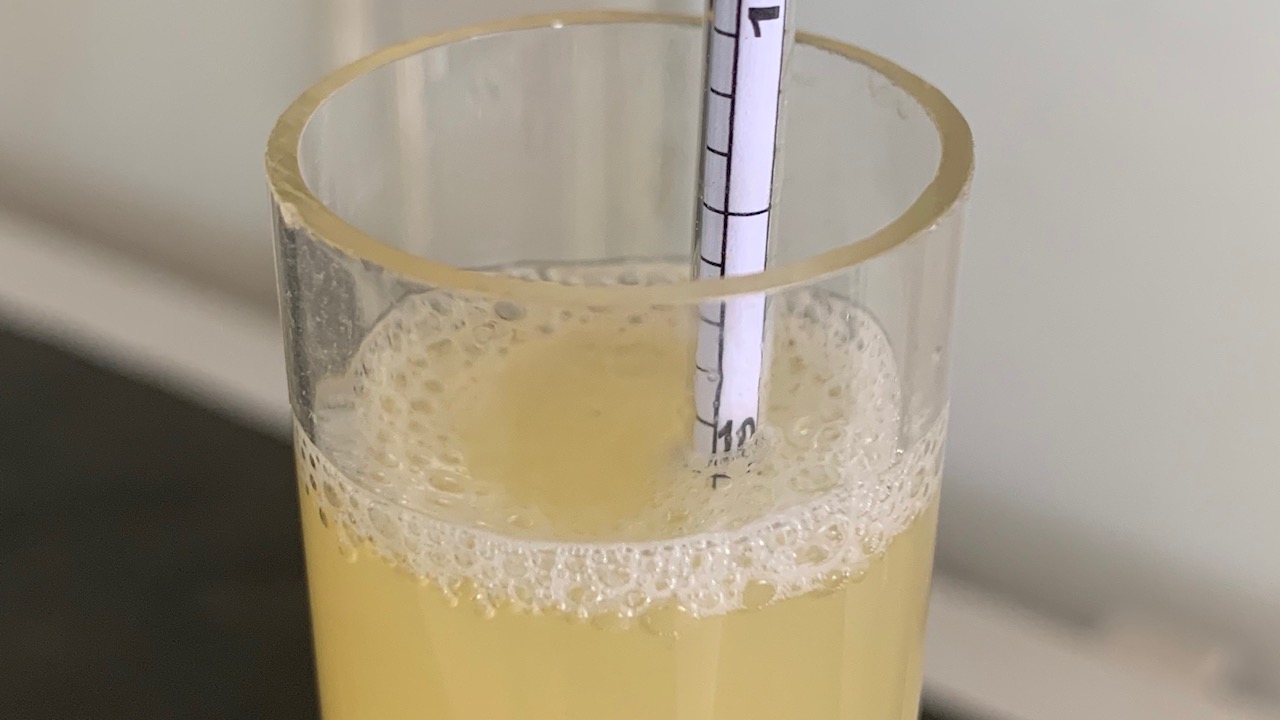
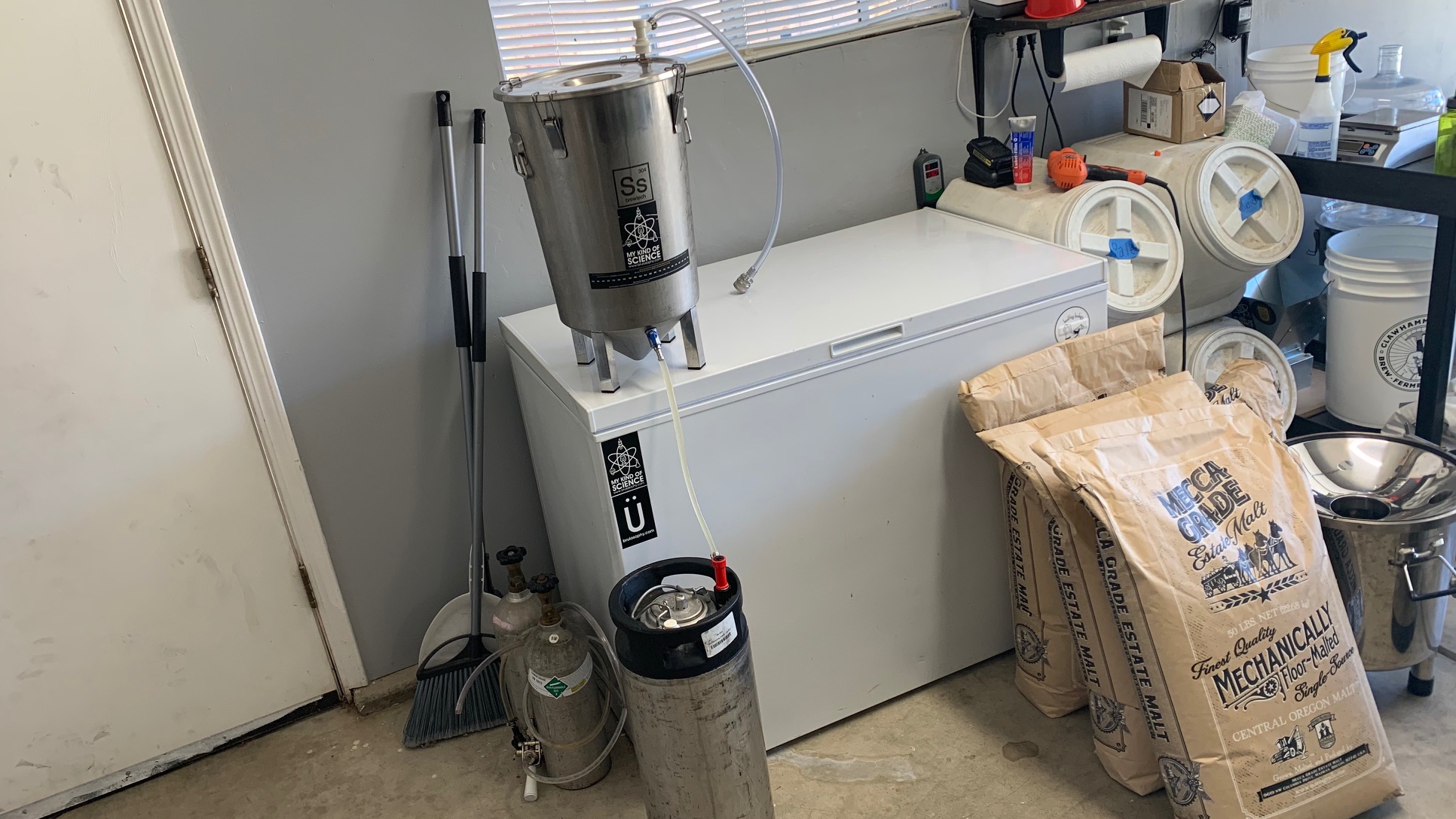
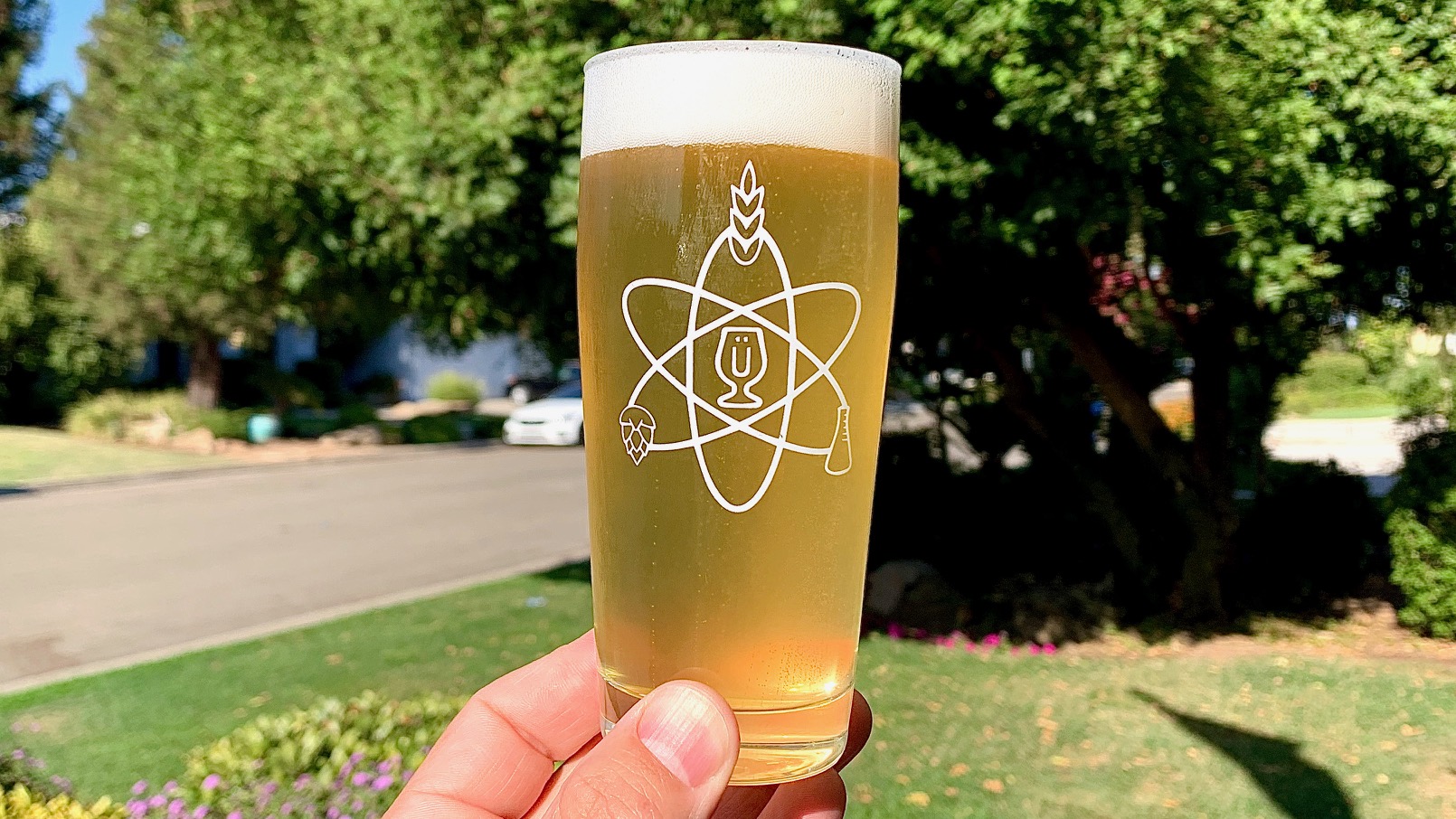











14 thoughts on “Short & Shoddy | Belgian Single”
Good write up. I think the wording is a bit confusing with respect to when the style came about. My understanding is that Trappist single / Enkel is just the monk’s table beer or Patersbier that they make and drink themselves. It is more recent that Trappist breweries have been selling them commercially, but they have been making them for a long time. This is a go-to warm weather style for me particularly when I don’t have a lager ready to serve.
How are you able to get a complete mash in only 30 minutes? I also mill my own grain (to .035″) and use iodine to check for mash completion. I stir every 15 minutes. I routinely find the mash isn’t complete after 45 minutes.
It would seem that with a 30 minute mash that you would end up with higher than expected/desired final gravitas and not be able to produce a dry beer. Your thoughts?
I’ve done many (many) iodine tests at different points during the mash and have always found that full conversion occurs around the 20 minute mark. I settled on 30 minutes for Short & Shoddy beers because of this, and the fact that 20 minutes makes for a rather hectic brew day.
One of my favourite styles – easy drinking, easy to brew and ready to drink pretty quickly.
I’d recommend trying White Labs Belgian Ale Yeast (WLP550) and ferment at 21C – gives a great aroma and flavour.
Marshall, I tried to cold crash at 1PSI using what appears to be similar equipment to you (for sure I have the SS Brew Bucket). However, the next morning I discovered my CO2 tank completely empty. I think the leak was around the lid of the Brew Bucket. Any recommendations for next time? Maybe the pressure was actually higher than 1?
It could have been that your pressure was higher than you thought, those high psi gauges aren’t very accurate at lower pressures. Rather than going off the gauge, I rely on the actual observed flow of gas coming out of the disconnect– I set the gas so that it’s barely making a sound when I depress the poppet, usually the needle on the gauge doesn’t even move from 0.
It could also be more simple than that– your tank didn’t have as much CO2 in it as you thought. I’ve run into this issue a few times 🙂
Did you have to get a different chiller for the electric setup? Or does your chiller just rest on the coil with no problem?
I used the Hydra for the first few months after moving to the Ss 1V, but then I picked up a Scylla from JaDeD Brewing, which is designed specifically for electric systems.
There is a recipe on the web for Westy Blonde (both the Tonsmeire and candisyrup one), which is an absolute gem of a beer. Roughly 95% pils/pale and 5% sugar/syrup. Reasonably good about of european hops, and some good yeast. The Westmalle/Westy yeast is good, but I have also had success with the Rochefort yeast.
Belgian blonds/singles are hugely popular in Europe, especially in France. They should drink like a chilled lager, but with some character from the yeast. Very highly carbonated, extremely cold, not too boozy. The key thing is finding the yeast that suits your palate best as there are too many to choose between. Sound like you got close to nailing it.
When you brew with mostly pale/pilsner malts do you worry at all about mash pH? I did not see a pH reading or adjustments in the description and was wondering… I add lactic acid as per Brewsmith’s calculations and it keeps hitting the taste threshold, so I am considering either not adding it or leaning towards darker styles to bring pH down. Thoughts?
I haven’t concerned myself with mash pH in awhile.
https://brulosophy.com/2017/01/30/water-chemistry-pt-7-evaluating-the-impact-of-low-mash-ph-exbeeriment-results/
https://brulosophy.com/2017/07/24/water-chemistry-pt-9-evaluating-the-impact-of-high-mash-ph-exbeeriment-results/
Thanks so much for the links, those were fascinating!
I am coming to the conclusion that modern malts are very robust on several dimensions, e.g. diastatic power, buffering, etc., and that perhaps pH is not as crucial as it may have been 35 years ago when I first started homebrewing.
I am going to try the following for my next several batches:
1. No more lactic acid additions
2. Fine each batch with gelatin after cold crashing
Thanks again for all the excellent xBmts!
Hey there! I just kegged up a similar version to this (David Heath’s Monk’s Beer recipe) Mine came out a little smaller (1.040 OG) and finished at 1.002. It tastes a little thin to me, but it is probably not carbonated to even a low amount yet. Do you think a high level (~2.8-3 volumes) of carbonation could help, or could more bubbles make the thinness worse? Thanks for any advice!